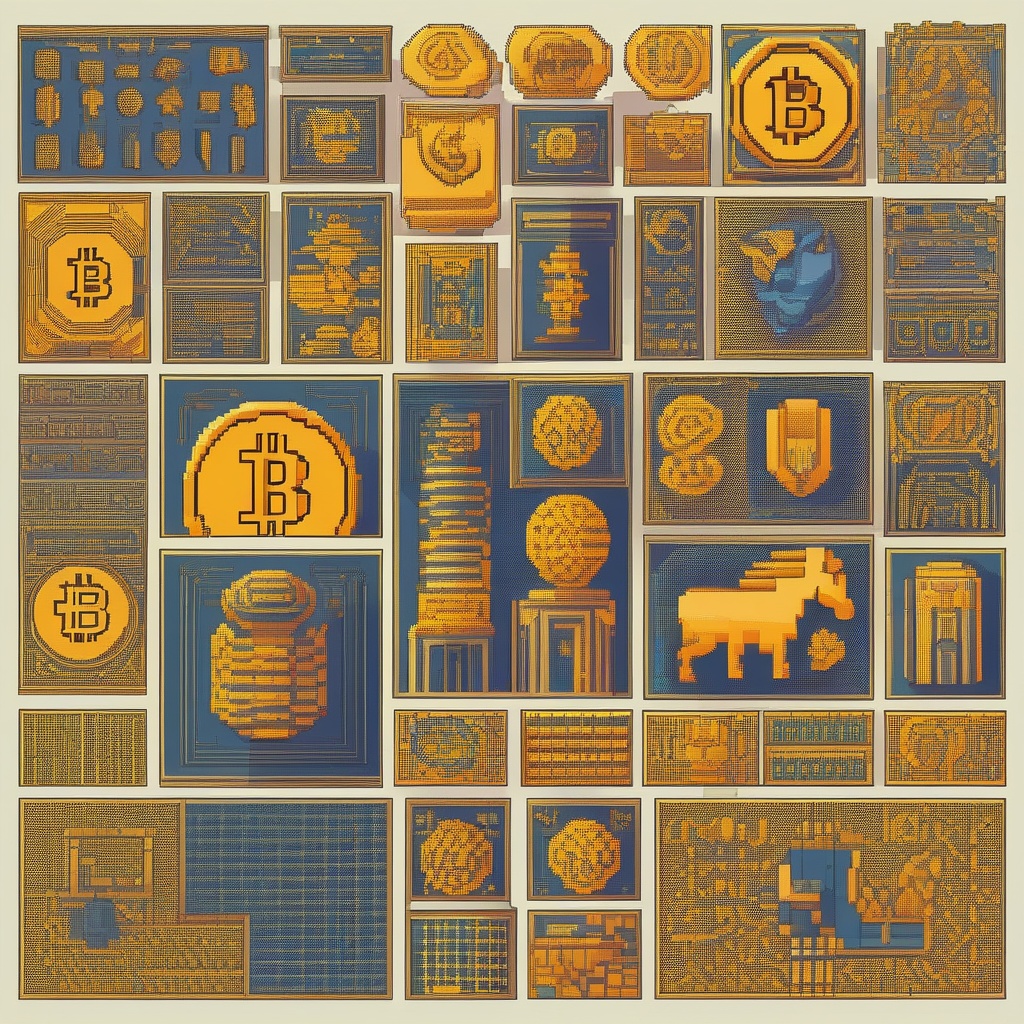Could you elaborate on whether the 21 million supply limit of
Bitcoin is simply a mathematical coincidence or a strategic decision? This cap is a fundamental aspect of Bitcoin's economic design, but is it just a mathematical outcome, or was it deliberately chosen to ensure scarcity and promote stability in the cryptocurrency? Understanding the reasoning behind this decision could help investors make more informed decisions in the crypto market. Please discuss the implications and possible motivations behind this limit.

5 answers
 CryptoWizardry
Wed Jul 17 2024
CryptoWizardry
Wed Jul 17 2024
The post argued that this limitation is more of a mathematical coincidence rather than a deliberate decision made during the cryptocurrency's inception.
 Valentina
Wed Jul 17 2024
Valentina
Wed Jul 17 2024
To further support this view, the author proposed calculating the number of blocks mined within a four-year cycle of Bitcoin. This calculation, it was suggested, would reveal the underlying mathematical patterns that led to the 21 million cap.
 Carolina
Wed Jul 17 2024
Carolina
Wed Jul 17 2024
BTCC, a UK-based cryptocurrency exchange, offers a range of services that cater to this dynamic market. Its offerings include spot trading, futures contracts, and secure digital wallets.
 Leonardo
Wed Jul 17 2024
Leonardo
Wed Jul 17 2024
An intriguing discussion emerged on the Bitcoin section of the renowned development forum StackExchange, questioning the intentionality behind Bitcoin's 21 million supply limit.
 Isabella
Wed Jul 17 2024
Isabella
Wed Jul 17 2024
BTCC's spot trading platform allows users to buy and sell Bitcoin and other cryptocurrencies at current market prices. The futures market, on the other hand, enables investors to speculate on future price movements.

